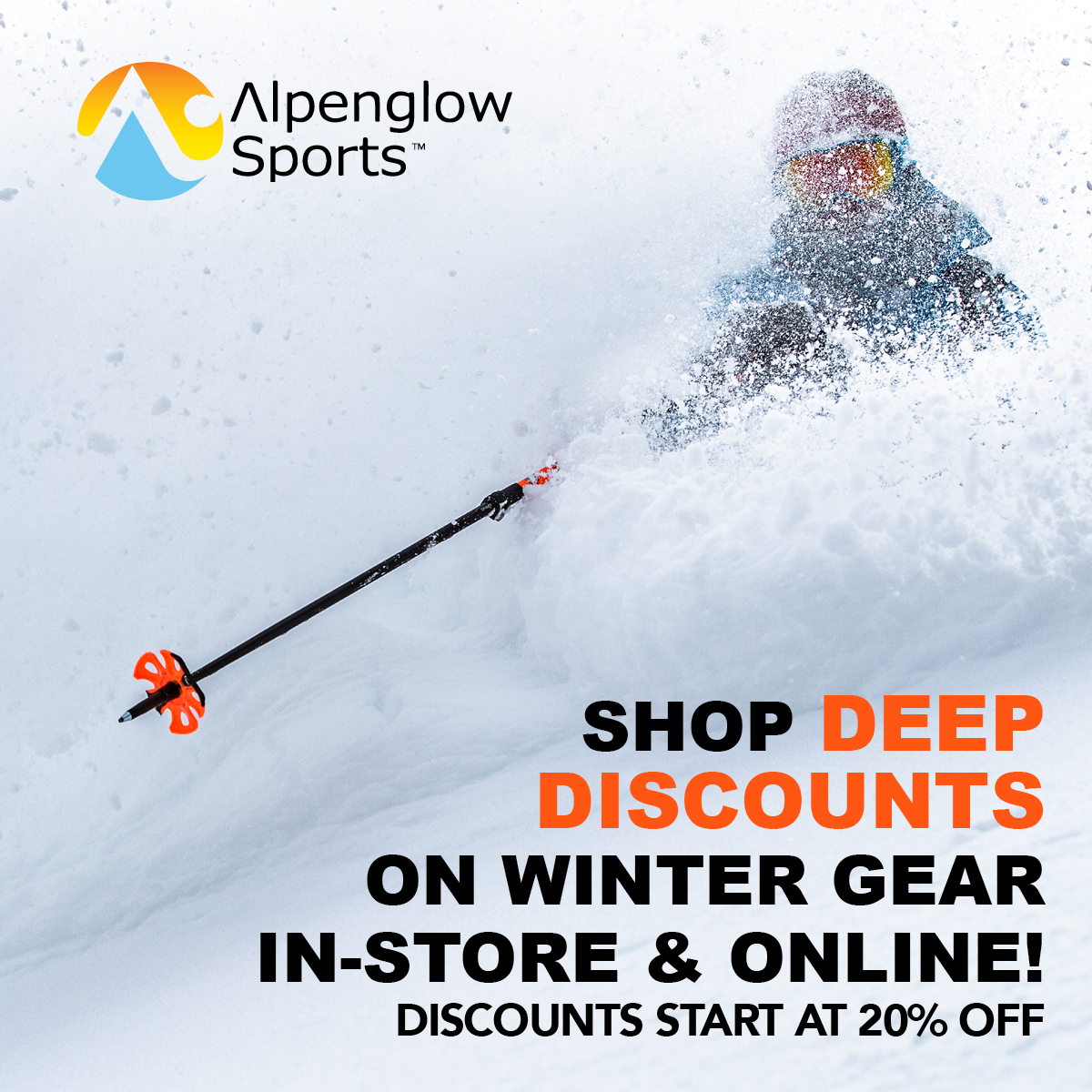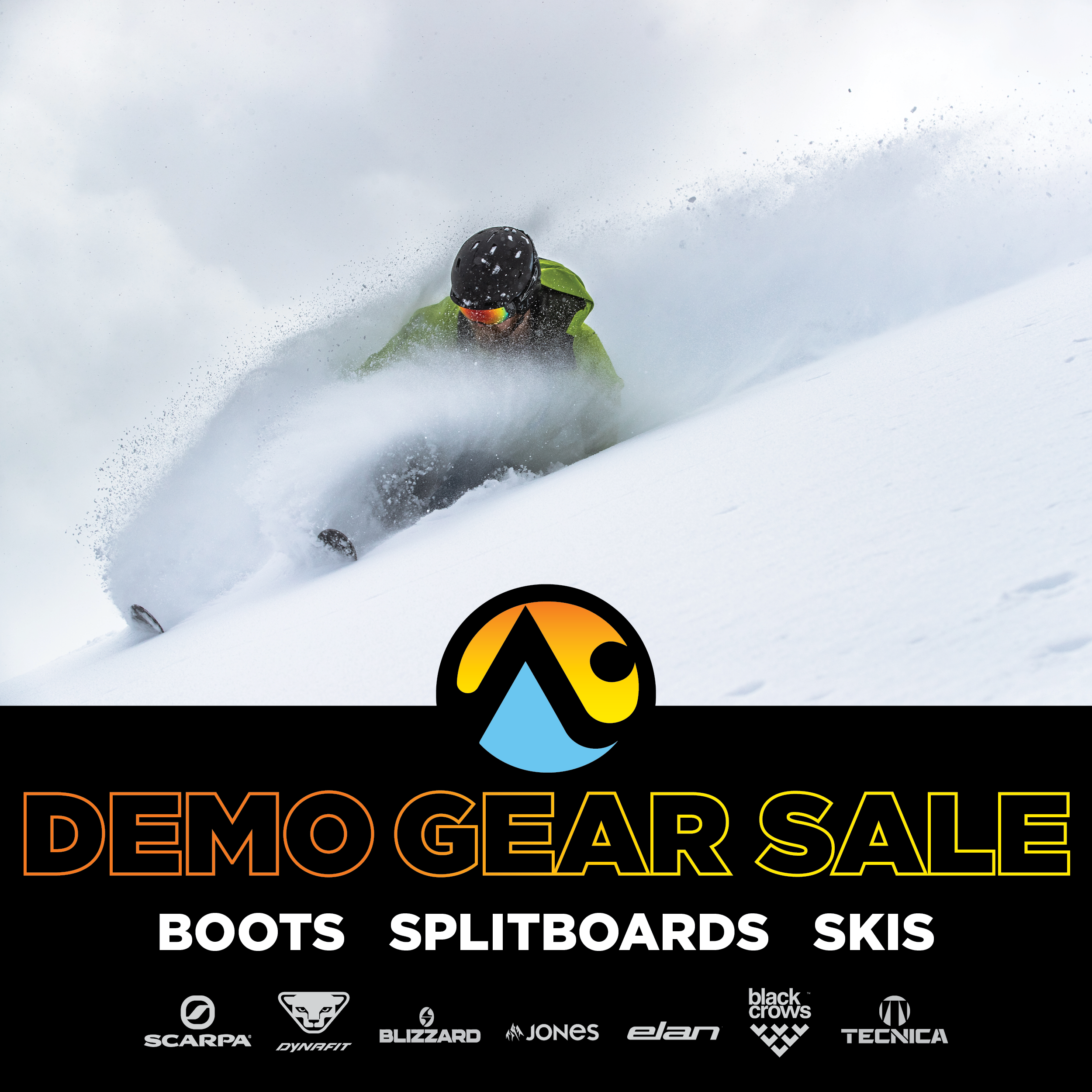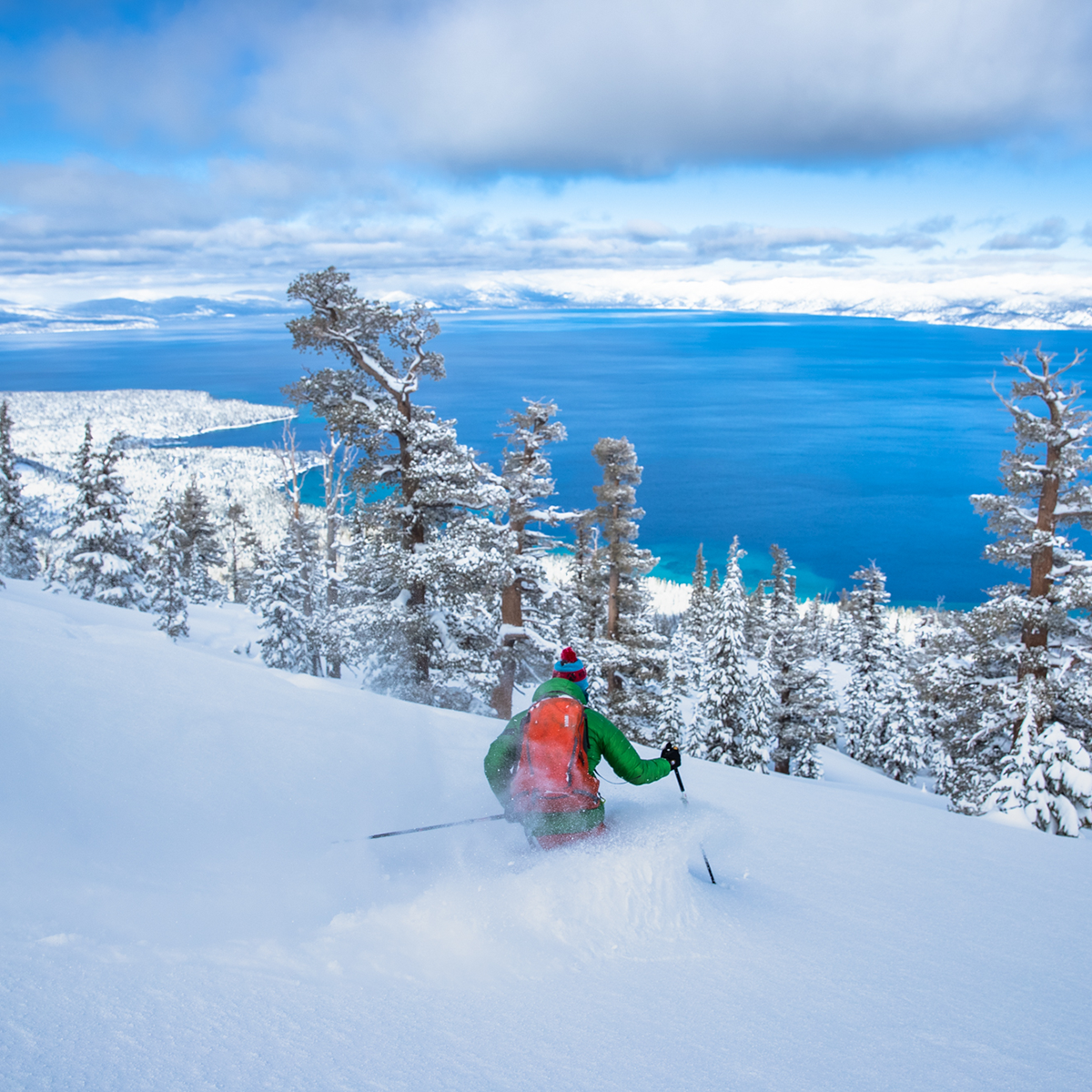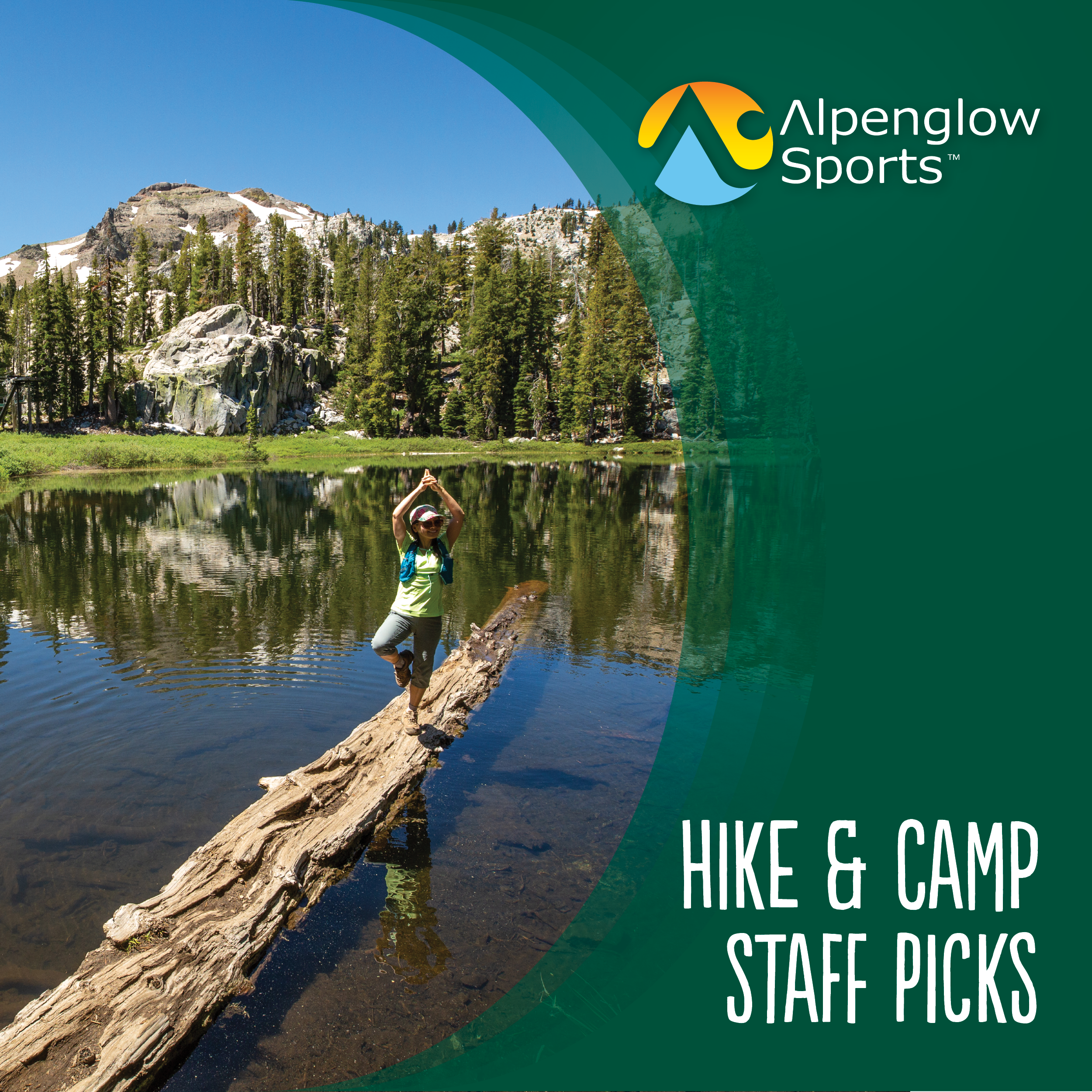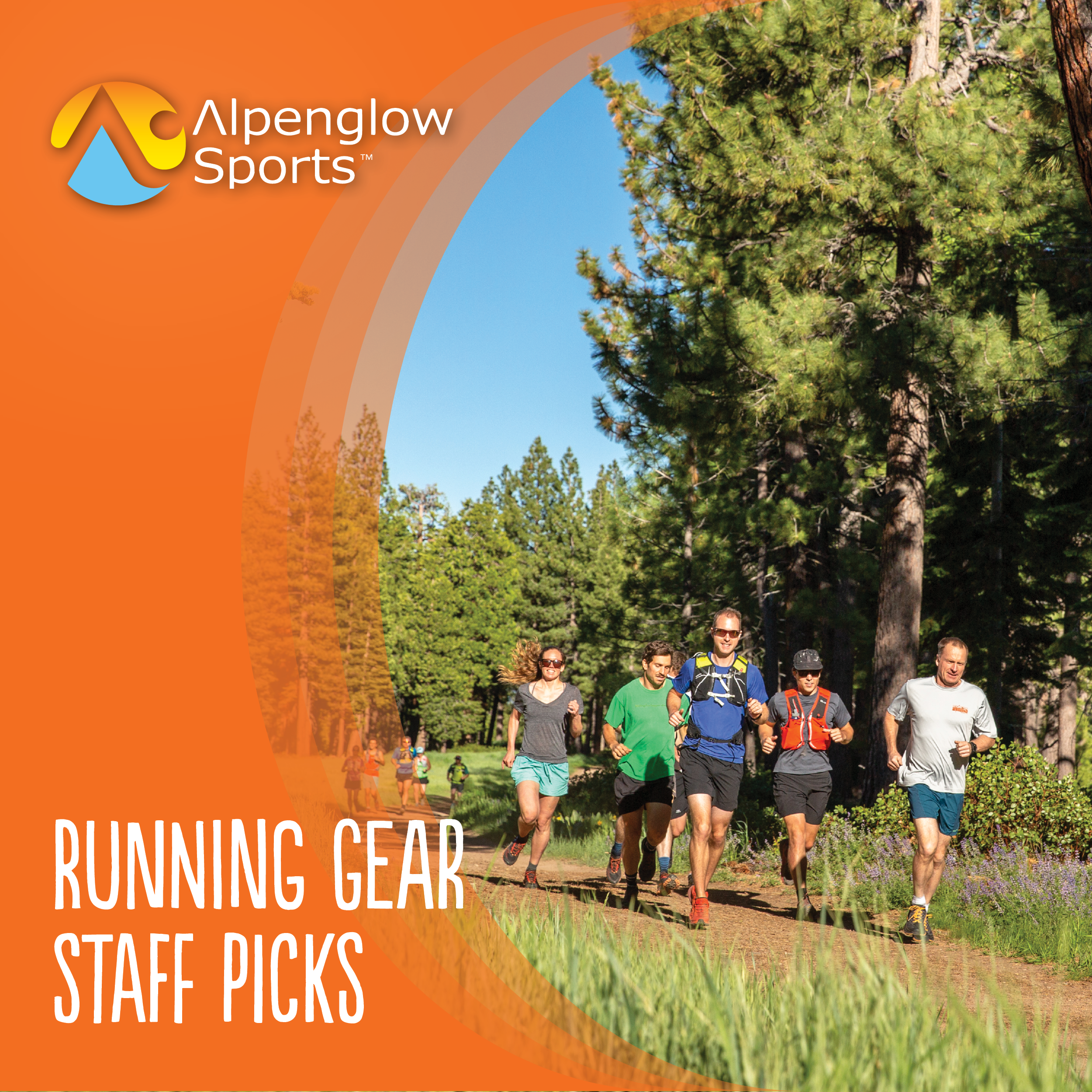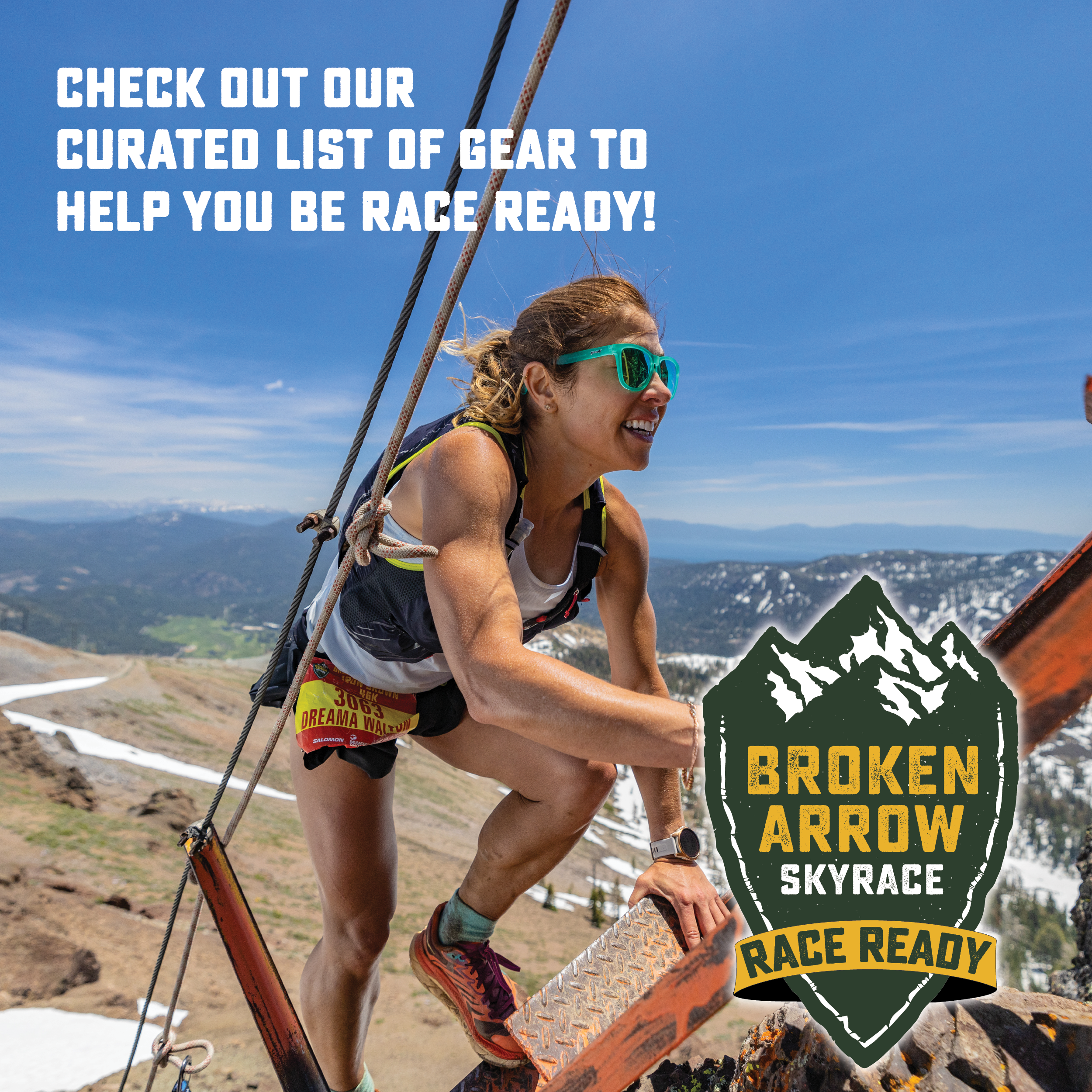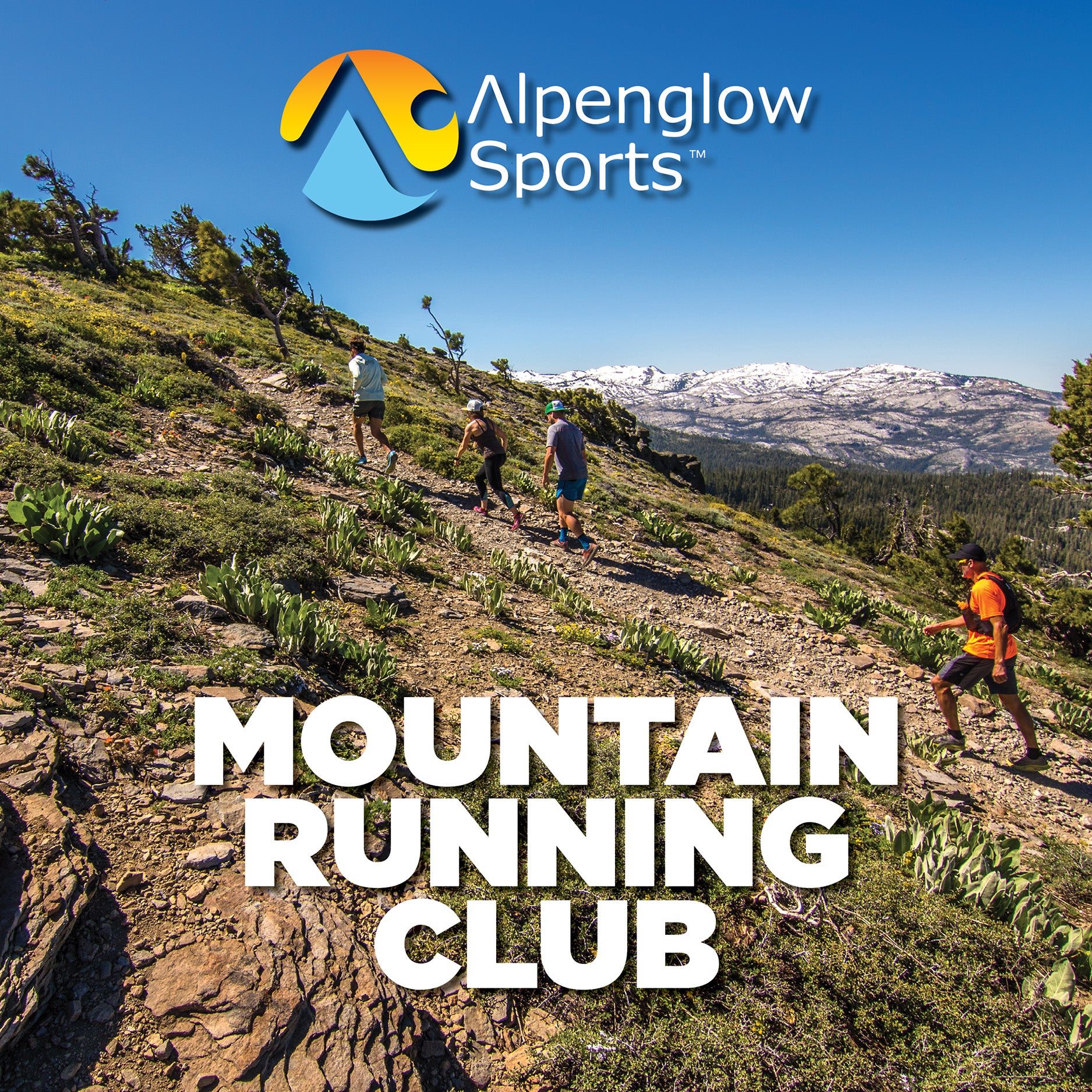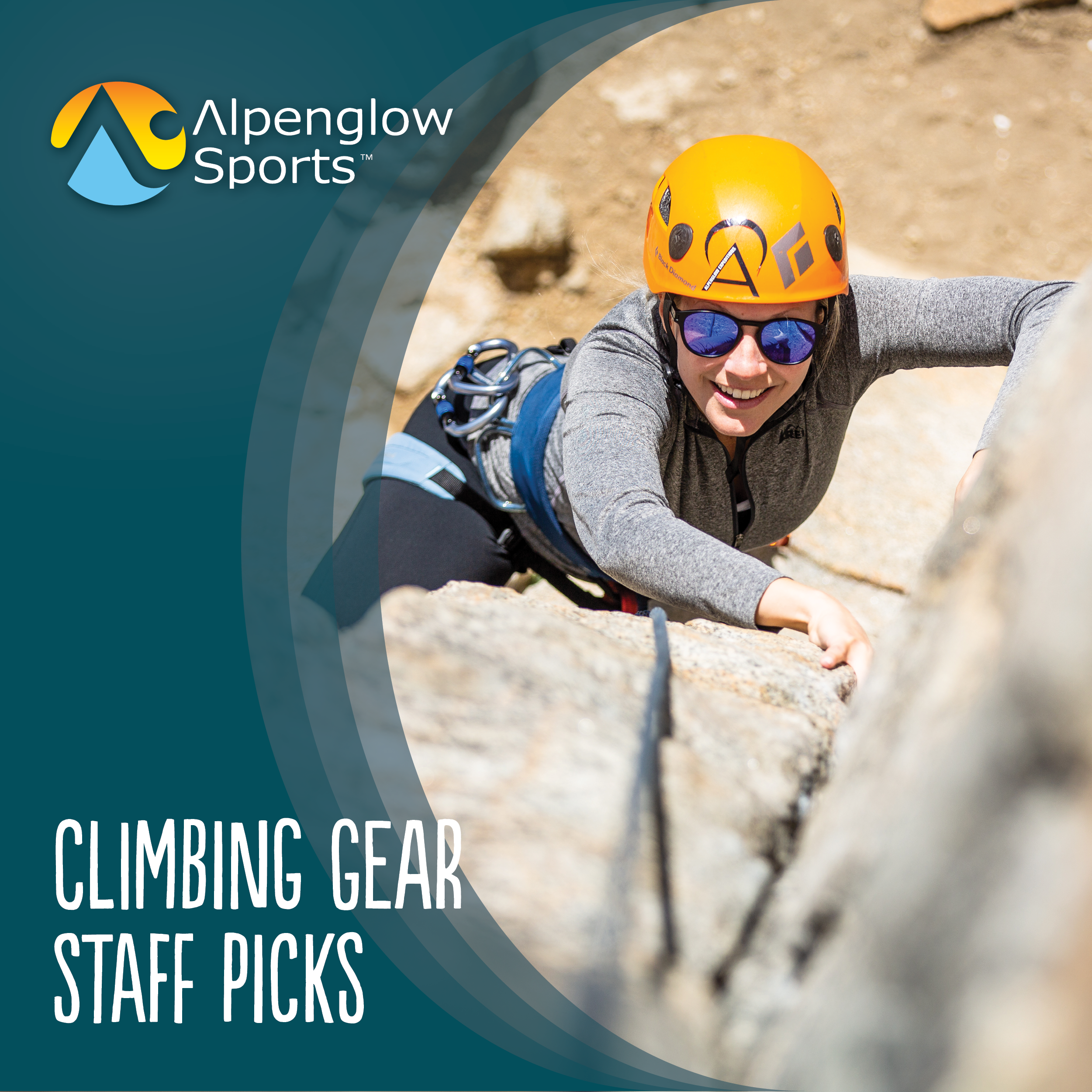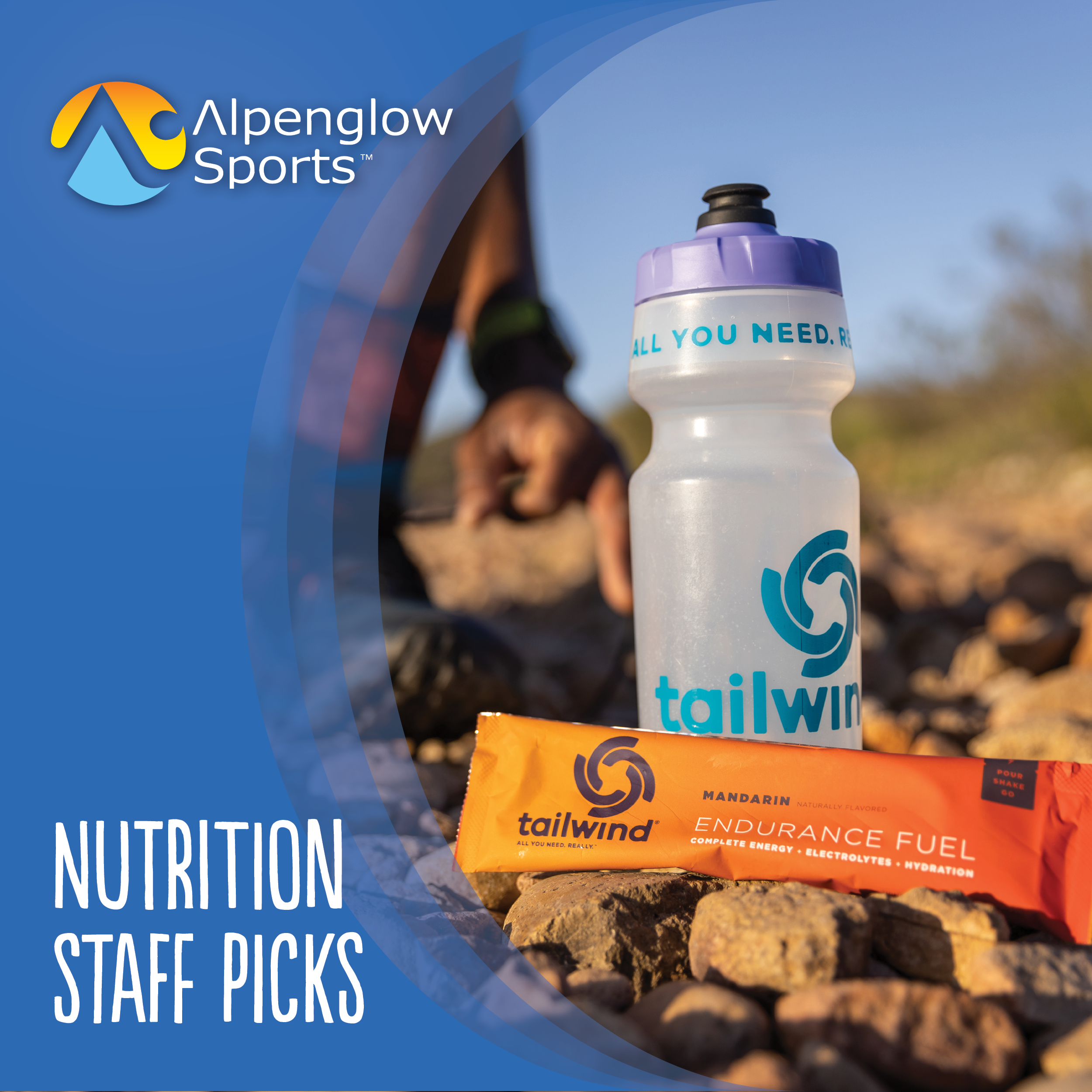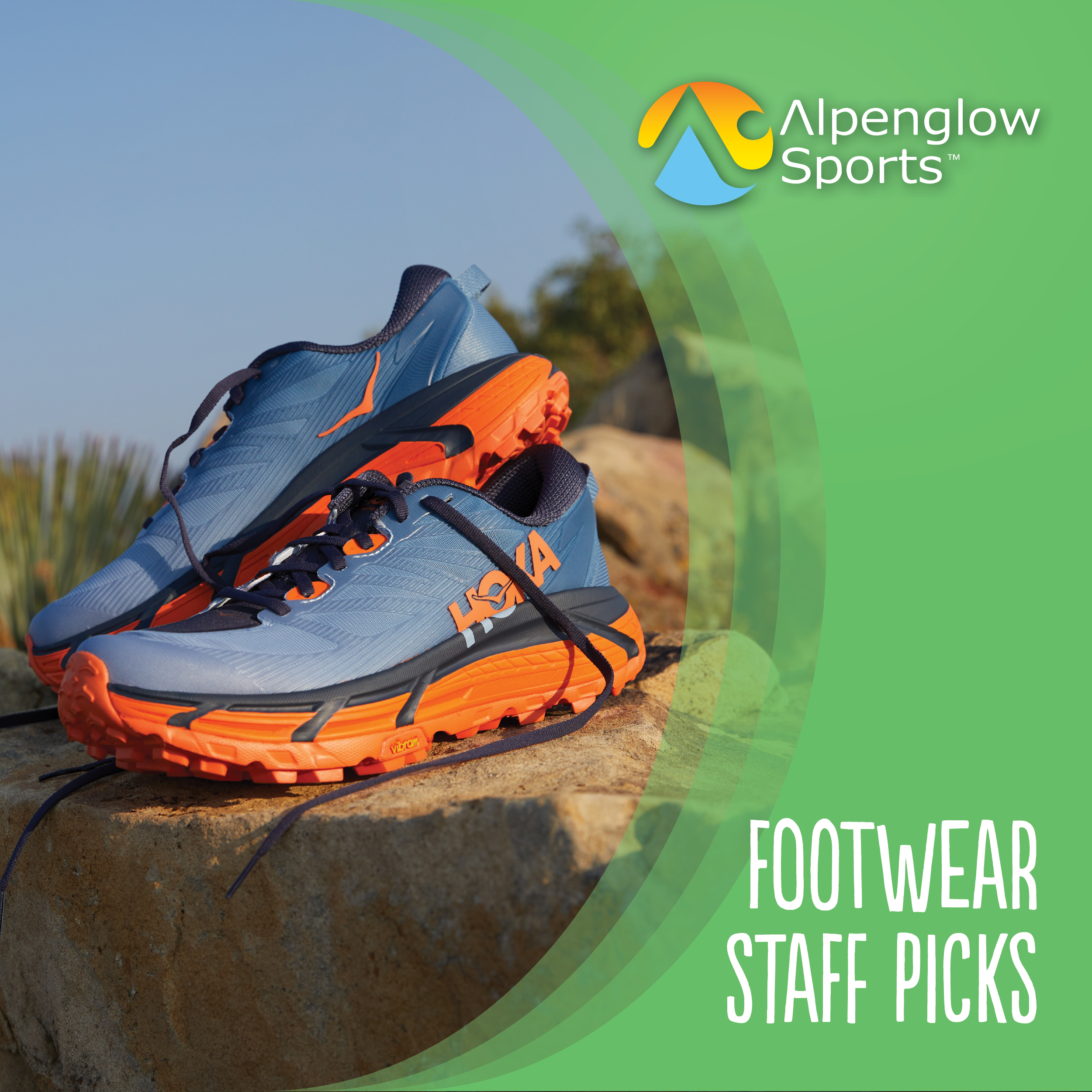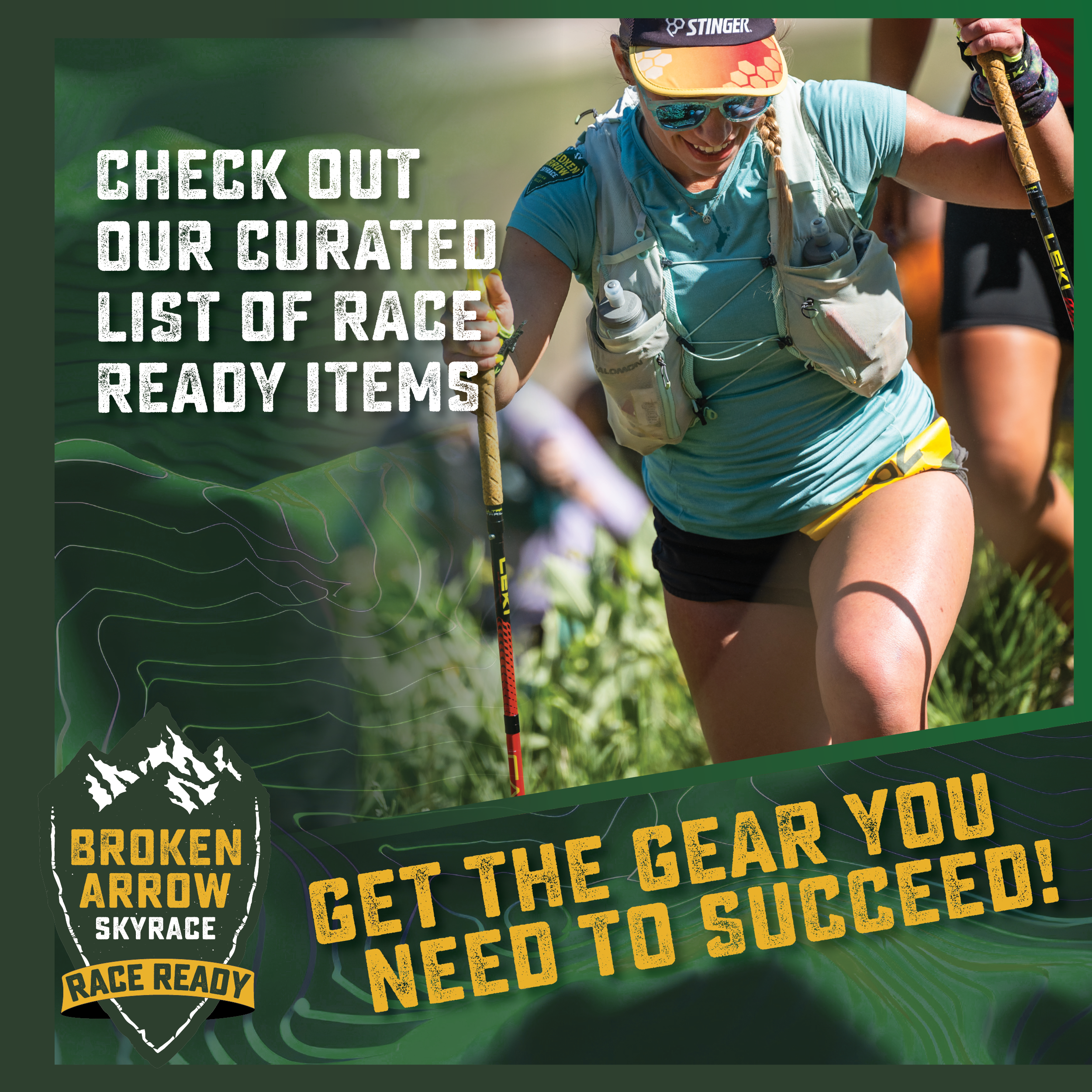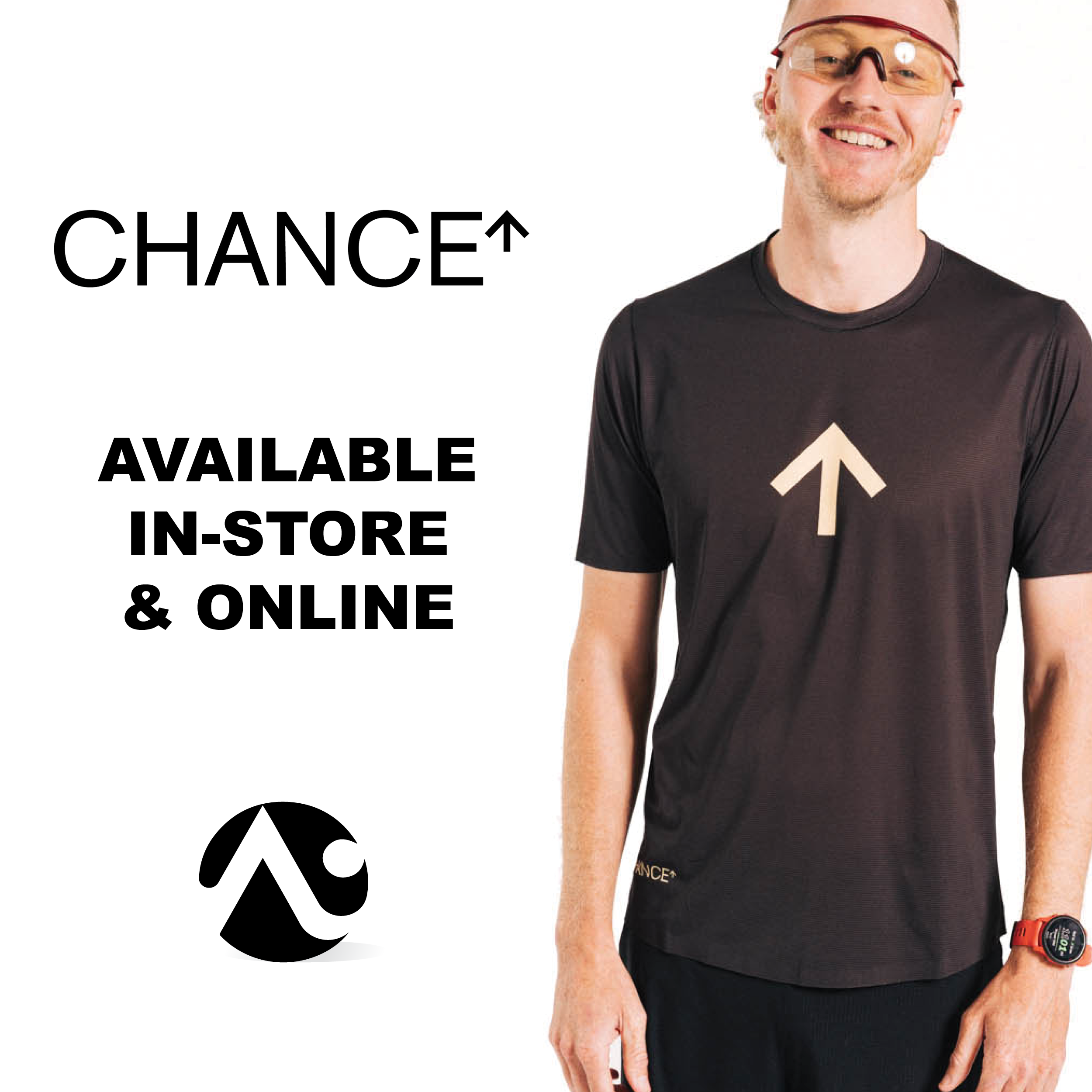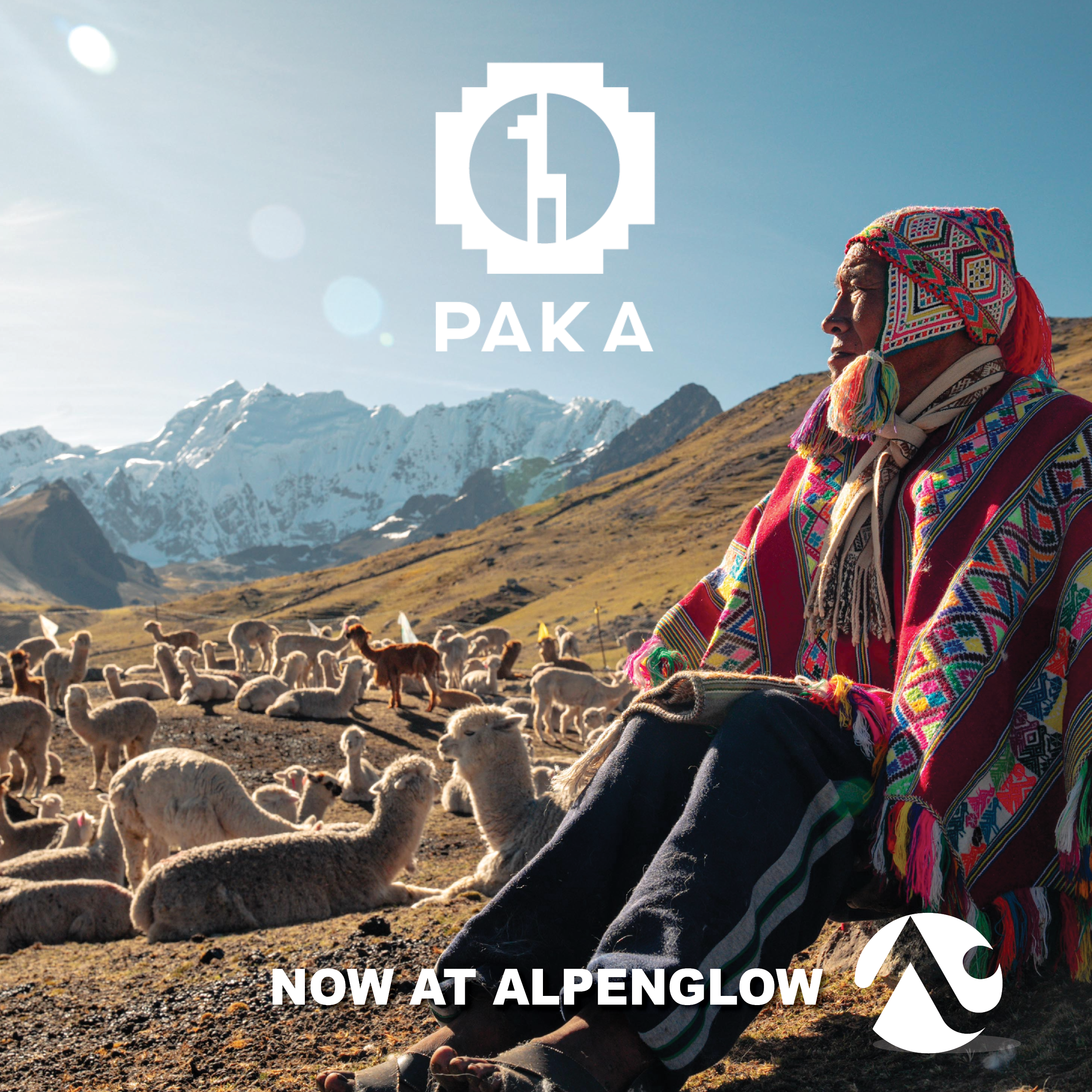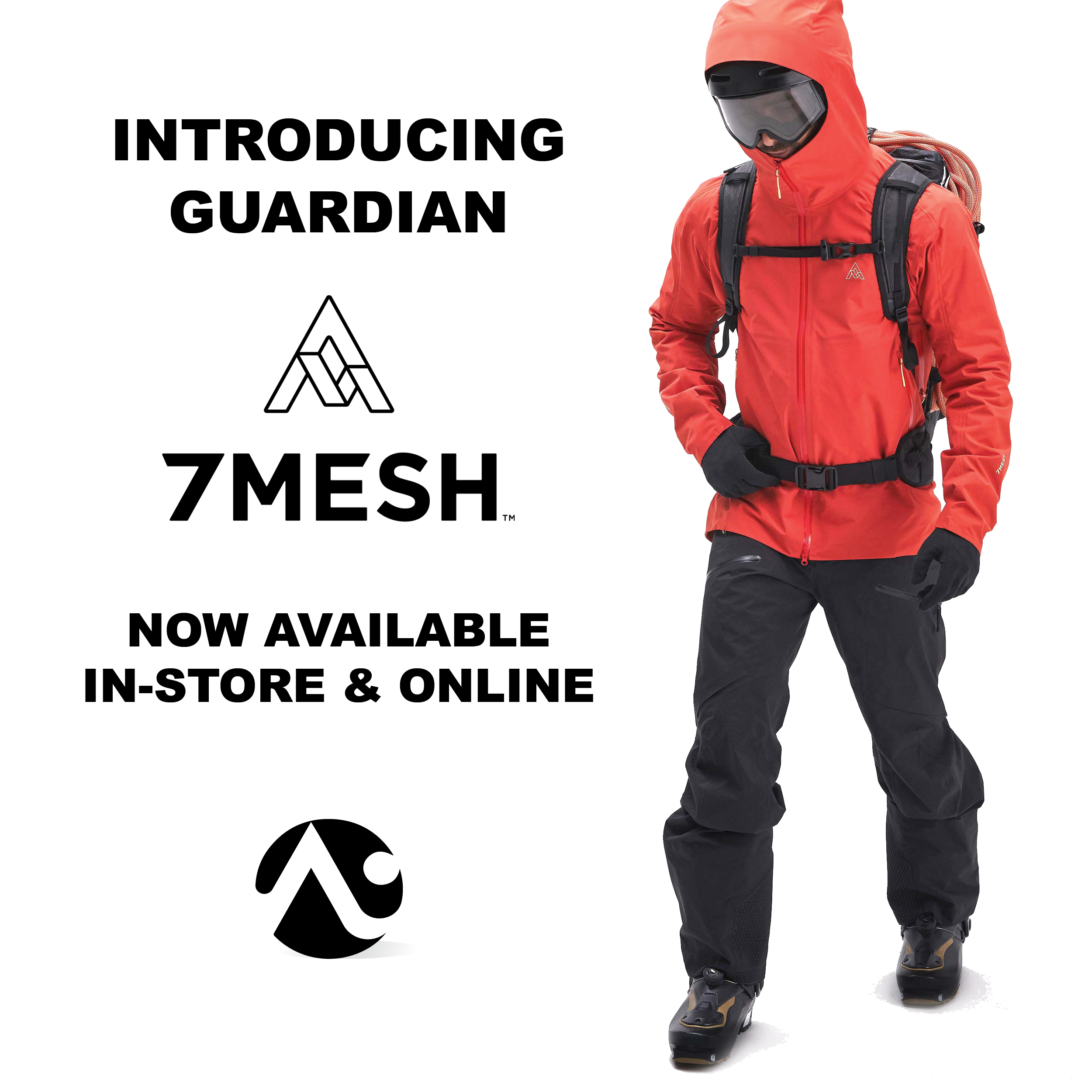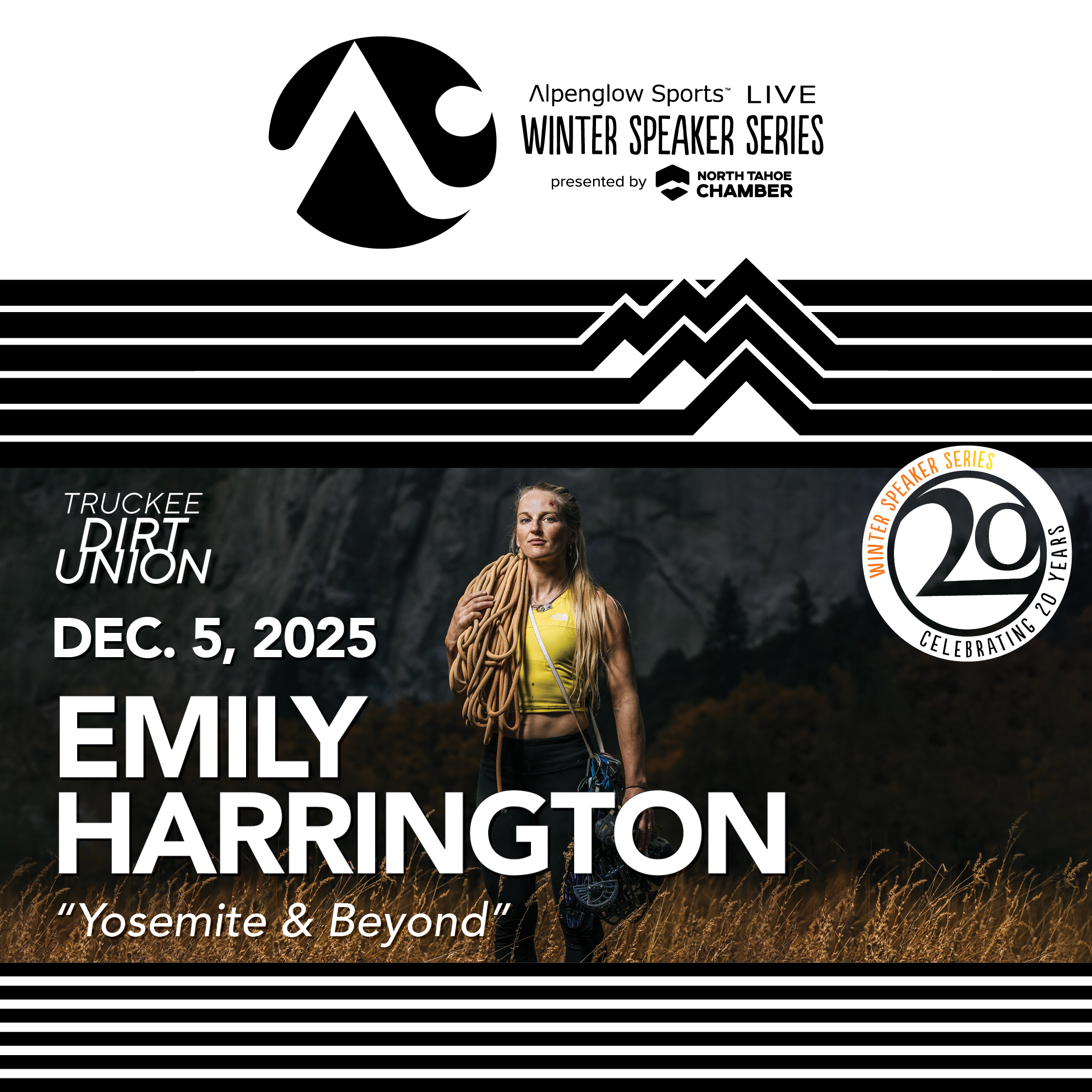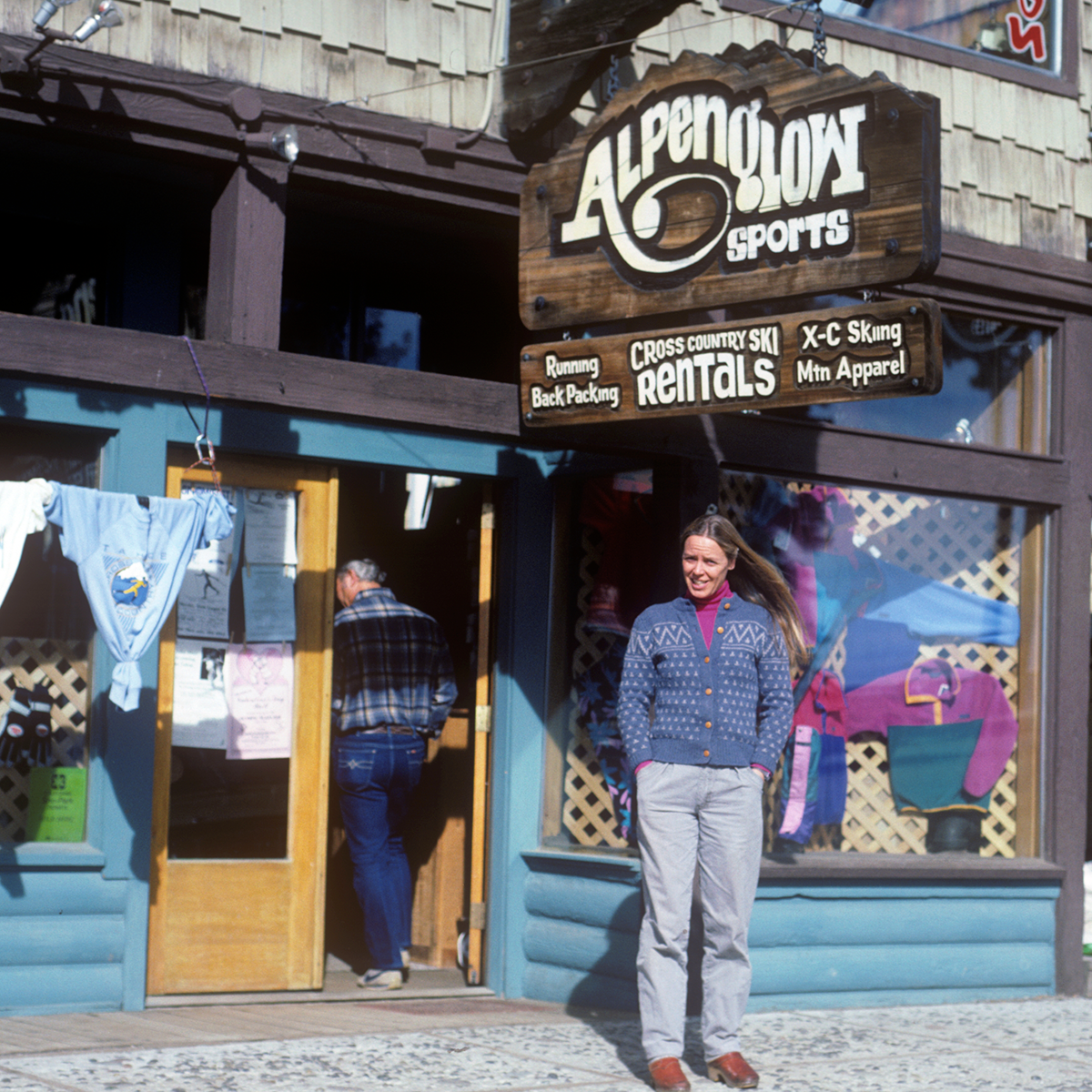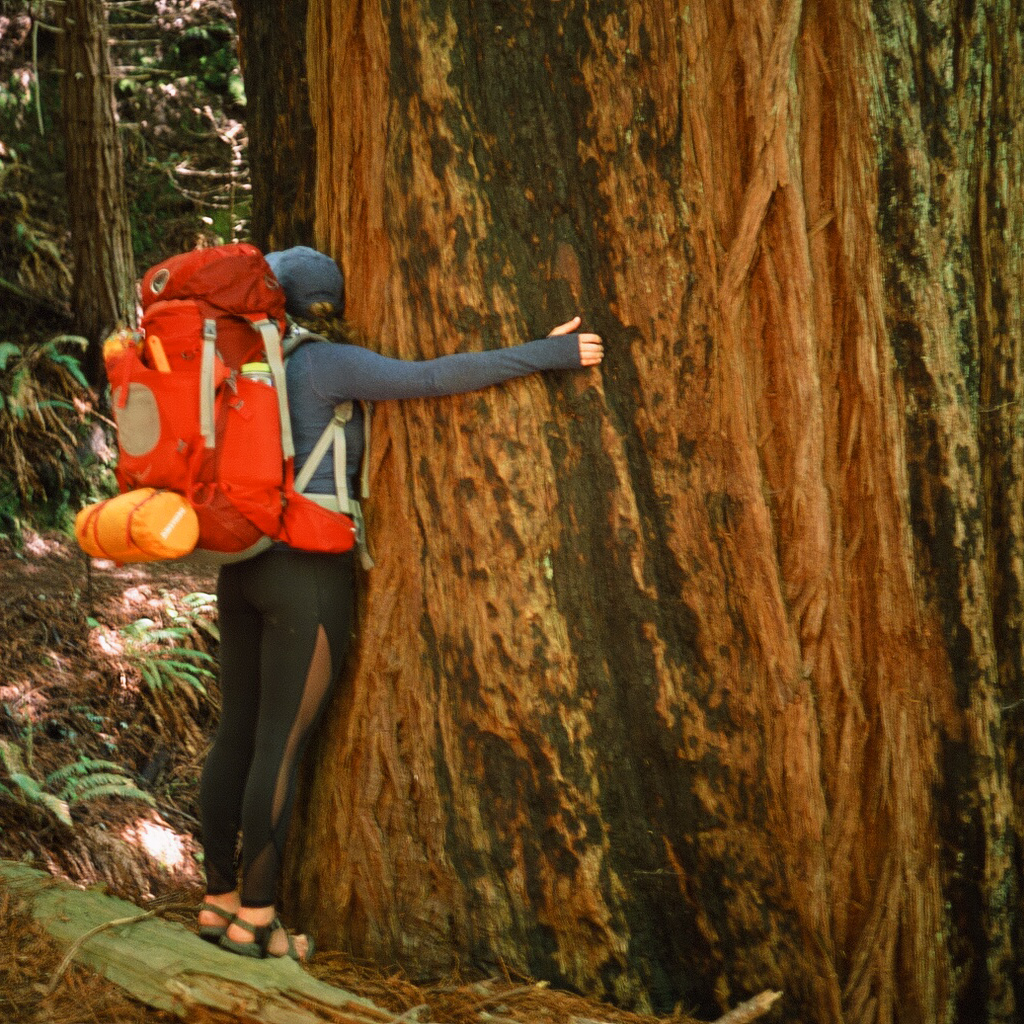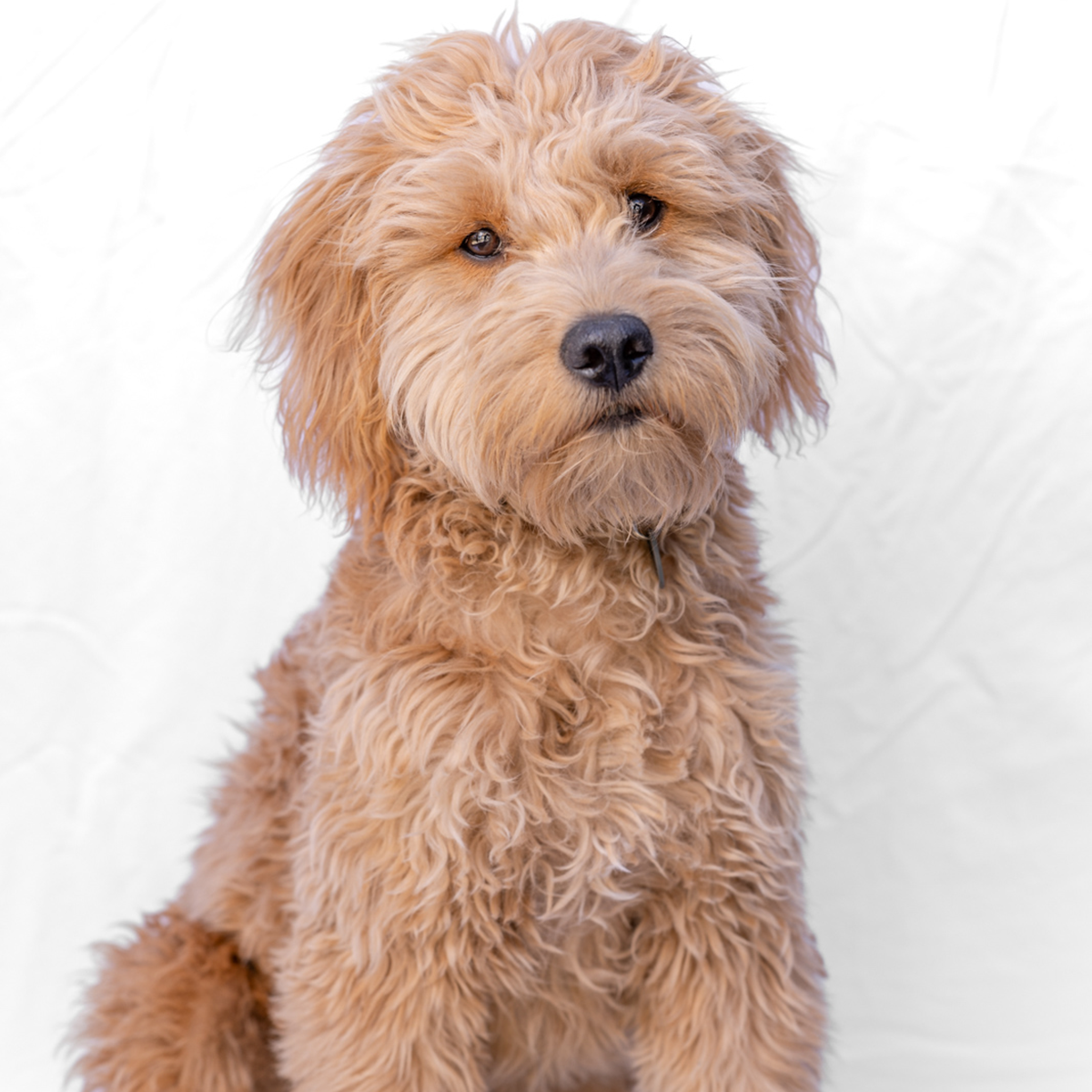The Broken Arrow Skyrace is a three-day, nine distance event held at world-famous Palisades Tahoe. On June 18-21, 2026 elite and recreational participants will experience an unforgettable trail running experience “where the mountains meet the sky.” The Broken Arrow consists of eight iconic distances (plus a kid's race) that showcase the beauty of Lake Tahoe, the Jewel of the Sierra Nevada.
Designed in the vein of classic European Skyraces, the Broken Arrow Skyrace represents a unique style of mountain running, characterized by off-trail scrambling on steep terrain with massive amounts of vertical gain and loss at altitude....with exposure, hand lines, a ladder and snow slopes thrown in for good measure!
The Broken Arrow Skyrace features nine distances: a 46k, 23k, 18k, Vertical K, 11k, Triple Crown (Vk/23k/46k), the Iron Crown (IFC/23k/46k), the Iron Face Challenge, and a kids race. These races are unique in California as most of the terrain is above tree line. Runners will be treated to spectacular views of Lake Tahoe’s emerald-blue waters and Palisade Tahoe's unmistakable high-alpine terrain. Elite and recreational participants will run and then celebrate together with first-class food, craft beer, music, seminars, films and fun activities for the whole family.

